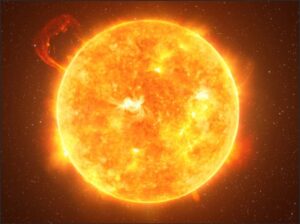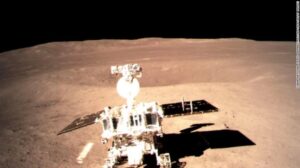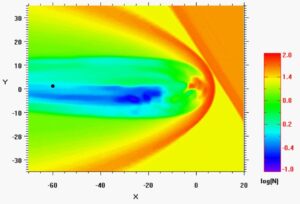
In 2018 scientists documented the first evidence of water ice on the Moon that was trapped in the bottom of craters at the north and south poles locked in perpetual shadow. Discovery of the ice created new questions. While the craters are protected from direct sunlight, they aren’t shielded from solar wind. The ionized particles from the Sun is highly erosive and, unlike the Earth, the Moon has no magnetic shield to protect it. By some peoples’ reckoning, the solar wind should have destroyed the ice long ago.
In research presented at the Lunar and Planetary Science Conference last month, University of Arizona scientists shared their map of magnetic anomalies, regions of the lunar surface with unusually strong magnetic fields, reports LiveScience.
These anomalies may serve as tiny magnetic shields.”These anomalies can deflect the solar wind,” Lon Hood, a planetary scientist at the University of Arizona, told Science. “We think they could be quite significant in shielding the permanently shadowed regions.” more “Do Small Magnetic Fields Protect Pockets of Lunar Ice?”

 The European Space Agency’s Solar Orbiter has captured an image of a massive solar eruption that belched hot plasma 2.2 million miles into space. Fortunately, the eruption, which took place February 15, is heading away from the Earth, reports
The European Space Agency’s Solar Orbiter has captured an image of a massive solar eruption that belched hot plasma 2.2 million miles into space. Fortunately, the eruption, which took place February 15, is heading away from the Earth, reports 
